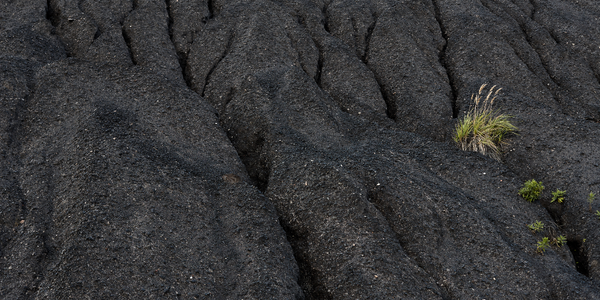How Gold Fields’ South Deep gold mine embraced digitization to improve its safety culture, and achieved ISO 45001 certification in record time

Customer Company Size
Large Corporate
Region
- Africa
Country
- South Africa
Product
- IsoMetrix Environment, Health and Safety (EHS) software
Tech Stack
- IsoMetrix software
Implementation Scale
- Enterprise-wide Deployment
Impact Metrics
- Productivity Improvements
- Employee Satisfaction
- Environmental Impact Reduction
Technology Category
- Functional Applications - Remote Monitoring & Control Systems
Applicable Industries
- Mining
Applicable Functions
- Discrete Manufacturing
- Quality Assurance
Use Cases
- Predictive Maintenance
- Remote Asset Management
Services
- System Integration
- Software Design & Engineering Services
About The Customer
Gold Fields is a mid-tier globally diversified gold producer with nine operating mines across four regions, including South Deep Mine located in South Africa. South Deep consists of two separate shaft systems – Twin Shafts and South Shaft – which are fully integrated. The mine employs approximately 4 500 employees and contractors, and has been built to extract one of the largest known gold deposits in the world, a mineral reserve of 32,8 million ounces - roughly equivalent to almost 100 000 gold bullion bars! South Deep recognizes the potential impact its mining activities can have on the sustainable development of its people, its communities, and the environment within which it operates. Sustainable development is an integral part of the company and how it operates its business, and the company’s ultimate objective is to ensure that the mine undertakes its activities in a manner that is safe, responsible, ethical, and profitable.
The Challenge
South Deep gold mine recognized that its way of managing health and safety was outdated and inadequate. Manually managing spreadsheets for example, posed many problems including difficulty with analysis, standardizing data throughout the company, and unsuitability in terms of formatting for reporting purposes. It required a lot of resources to manage, was time-consuming and inefficient, and was ultimately deemed to be unsustainable. South Deep thus desired an integrated system for environment, health, and safety – a digital system that would be able to centralize all EHS information, and provide the company’s management and leadership team with the information which they needed to gain rapid insights into the mine’s health and safety information, as well as save time compiling the necessary reports.
The Solution
South Deep sought a software company with established international operations, and after some consideration, implemented IsoMetrix’s Environment, Health and Safety (EHS) solutions. Subsequent to implementing IsoMetrix’s EHS software, South Deep is now able to easily and intuitively extract the information required to formulate customized reports. As all information is centralized and standardized within the secure IsoMetrix system, as well as fully transparent and auditable, the South Deep management team now reports to the board with surety and confidence, knowing that its information is accurate, relevant, and complete, with no missing gaps. The ability to assign accountability and responsibility to health and safety actions ensures that a company can show clear evidence of addressing any issues in this regard. The Central Action Manager functionality within IsoMetrix software oversees this crucial operational aspect, and enables organizations to direct and manage all EHSrelated actions.
Operational Impact

Case Study missing?
Start adding your own!
Register with your work email and create a new case study profile for your business.
Related Case Studies.
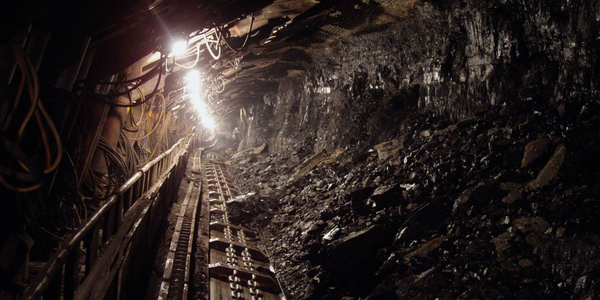
Case Study
Underground Mining Safety
The goal was to produce a safety system to monitor and support underground mining operations; existing systems were either too simple (i.e. phone line) or overly complex and expensive, inhibiting deployment, and providing little-to-no support in event of an accident. Given the dangerous nature of the mining work environment and the strict regulations placed on the industry, the solution would have to comply with Mine Safety and Health Administration (MSHA) regulations. Yet the product needed to allow for simple deployment to truly be a groundbreaking solution - increasing miner safety and changing daily operations for the better.

Case Study
Mining Firm Quadruples Production, with Internet of Everything
Dundee Precious Metal’s flagship mine, in Chelopech, Bulgaria, produces a gold, copper, and silver concentrate set a goal to increase production by 30%. Dundee wanted to increase production quality and output without increasing headcount and resources, improve miner safety, and minimize cost.
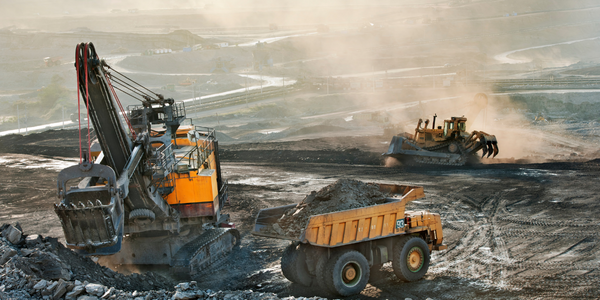
Case Study
Fastenal Builds the Future of Manufacturing with MachineMetrics
Fastenal's objective was to better understand their machine downtime, utilization, quality issues, and to embrace cutting-edge manufacturing technology/process improvement capabilities to bring their team to the next level. However, there was a lack of real-time data, visualization, and actionable insights made this transition impossible.
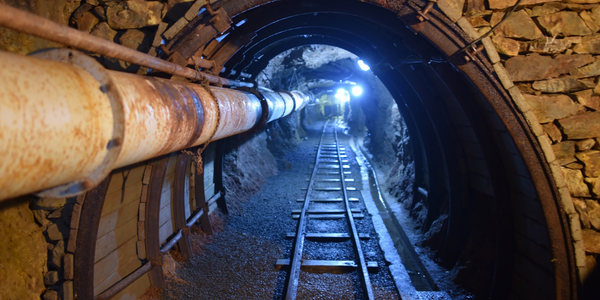
Case Study
Joy Mining Systems
Joy equipment faces many challenges. The first is machine integration and control. The business end of the machine has a rapidly-spinning cylinder with 6-inch diamond-studded cutting teeth. It chews through rock at rates measured in tens of tons per minute. The system grinds through the rock in front, creating a rectangular mine tunnel. Hydraulic lifters support the ceiling as the machine moves forward. Automated drills and screws drive 3-ft long screws into the ceiling to stabilize it. The rock and coal fall into a set of gathering "fingers" below the cutting cylinder. These fingers scoop up the rock and coal and deposit it onto a conveyor belt. The conveyor passes under the machine and out the back. A train of conveyor belt cars, up to a mile long, follows the cutter into the mine. The rock shoots along this train at over 400 feet per minute until it empties into rail cars at the end. Current systems place an operator cage next to the cutter. Choking dust (potentially explosive), the risk of collapse and the proximity of metal and rock mayhem make the operator cage a hazardous location.
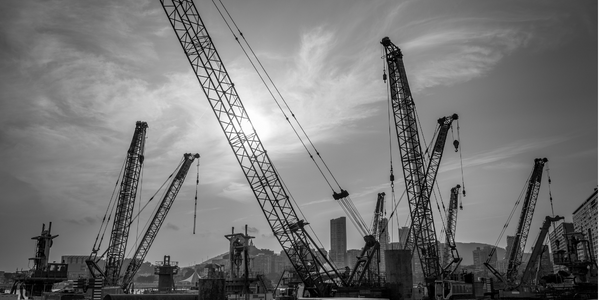
Case Study
Improved Monitoring in Industrial Manufacturing Facility
When your crane is moving tons of magma-hot iron, you can’t afford an unexpected failure. McWane Ductile knew monitoring the crane motor metrics within their facility could help prevent a mechanical failure that would strand an enormous bucket of molten metal overhead. Unfortunately, their legacy wired monitoring system couldn’t work with moving objects in this extreme environment. If they could integrate wireless capabilities into their existing equipment they could extend their monitoring capabilities without starting over from scratch.






